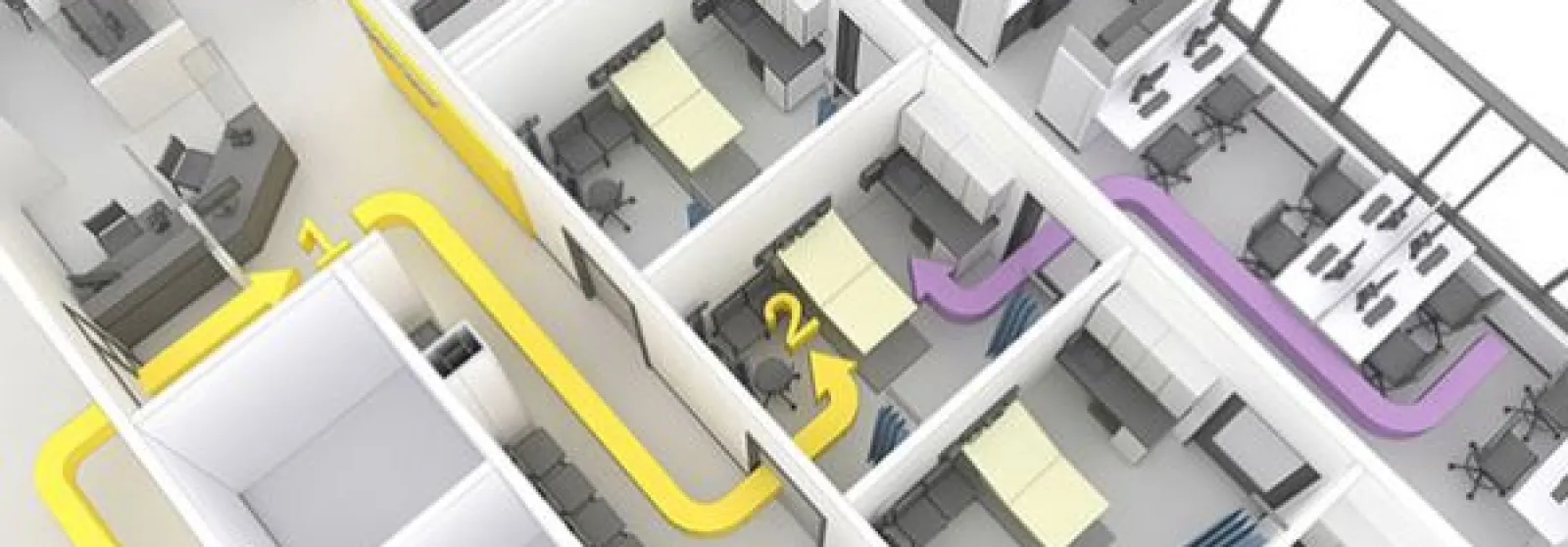The U.S. healthcare system has been profoundly affected by the pandemic, accelerating the pace of moving people out of the hospital and into outpatient settings. Moving the treatment of less critical or severe conditions off the hospital campus can help reduce exposure and transmission and enables the hospital to focus on long-term and highly specific care. Within hospital environments, healthcare clients are rethinking how to plan spaces for flexibility while ensuring patient and staff safety.
These efforts are driving new approaches to outpatient healthcare facilities, including the design of patient rooms and location of core services.
Providing ambulatory services off campus continues to be one of the biggest growth areas in healthcare. As pace on these projects continues to increase, it's imperative that project teams deliver design strategies that address how to keep these services running during future crises.
The use of Lean strategies can help with these approaches, including focusing on analyzing workflows to optimize space for each service/care modality as well as the movement of people and materials while reducing waste in the built environment.
There's no silver-bullet approach to resolve the complex challenges that have resulted from the pandemic. Working collaboratively with care providers, facilities, and designers, project teams need to deliver solutions that address resiliency, increased safety, and improved operations to help inform design decisions and solve current and future healthcare industry issues.
Read the entire article.
If you are looking for an organization that is focused on improving patient flow efficiency that improves the Patient Experience in your outpatient clinic, look no further than Expeditor. Let us show you how our technology and Lean strategies have increased patient flow efficiency for over 8,000 clients, Contact Us today!




